The Great Pyrenees Pitbull Mix is a special mix of two popular dog breeds: the gentle giant Great Pyrenees and the loyal American Pit Bull Terrier. Often called a Pitenees or Pyrenees Pit, this hybrid combines the best traits of its parents. These dogs are strong, loving, and always ready to protect their families.
Great Pyrenees are known as calm guardians, originally bred to watch over sheep in the mountains. Pitbulls, on the other hand, are energetic and affectionate companions. When mixed, they create a dog that’s both a fearless protector and a big-hearted family friend.
These dogs are large, often weighing between 60 to 100 pounds, with muscular bodies and soft, fluffy coats. They’re natural watchdogs but also love cuddling with their owners. While they can be stubborn at times, their loyalty and intelligence make them great pets for active families.
In this guide, you’ll learn everything about the Great Pyrenees Pitbull Mix—from their personality and training needs to their health and grooming tips. Whether you’re thinking of adopting one or just curious about this unique breed, we’ve got you covered. Let’s explore what makes these dogs so special!
Breed Overview
 Great Pyrenees Pitbull Mix
Great Pyrenees Pitbull Mix What Is a Great Pyrenees Pitbull Mix?
The Great Pyrenees Pitbull Mix is a cross between two famous dog breeds: the Great Pyrenees (a large, fluffy guardian dog) and the American Pit Bull Terrier (a strong, loyal companion). This mix is sometimes called a Pitenees or Pyrenees Pit.
Origin and Development
The Great Pyrenees Pitbull Mix is a modern hybrid breed created by mixing two very old parent breeds.
- Great Pyrenees: These dogs come from the Pyrenees Mountains between France and Spain. They were bred over 1,000 years ago to protect sheep from wolves and bears1. Their thick white coats helped them blend into snowy landscapes.
- American Pit Bull Terrier: Originally bred in England for bull-baiting (a sport), these dogs later became farm helpers and family pets in America. They are known for their strength and love for people6.
The mix likely started in the last 20–30 years as people wanted a dog that combined the Great Pyrenees’ guarding skills with the Pit Bull’s loyalty.
Purpose
This mix serves two main roles:
- Guard Dog:
- Inherits the Great Pyrenees’ natural instinct to protect.
- Uses the Pit Bull’s courage to watch over homes and families.
- Family Companion:
- Loves playing with kids (thanks to the Great Pyrenees’ gentle side).
- Forms strong bonds with owners (a trait from both parents).
Quick Facts
Here’s a simple table to summarize key details about this mix:
| Size | 22–27 inches tall |
| Weight | 60–100 pounds |
| Coat Colors | White, black, gray, brindle, or mixed |
| Lifespan | 9–15 years |
| Best For | Active families with space |
| Temperament | Loyal, protective, playful, stubborn |
Recognition Status
Kennel clubs do not officially recognize the Great Pyrenees Pitbull Mix. Here’s why:
- The American Kennel Club (AKC) only accepts purebred dogs (like the Great Pyrenees).
- Mixed breeds like this are not eligible for AKC registration.
- Some smaller clubs or hybrid registries might list them, but these are not widely accepted.
In short, this mix is a unique hybrid loved by many families but not yet recognized by major dog organizations.
Understanding the Parent Breeds
To truly understand the Great Pyrenees Pitbull Mix, let’s explore its parent breeds. Each contributes unique qualities that make this hybrid special.
The Great Pyrenees Heritage
Where They Came From
The Great Pyrenees originated in the Pyrenees Mountains, a rugged area between France and Spain. For over 1,000 years, these dogs worked as livestock guardians. They protected sheep from wolves and bears. Their thick white coats helped them hide in the snow while keeping flocks safe.
What They Were Bred For
These dogs were independent protectors. Shepherds relied on them to make quick decisions without human commands. They rarely barked unless danger was near, saving energy for real threats. Despite their size, they moved gently around animals to avoid startling them.
Key Traits
- Calm and patient: Perfect for long hours watching herds.
- Loyal to families: They formed strong bonds with shepherds.
- Natural guardians: Their protective instincts are still strong today.
The American Kennel Club (AKC) recognized the breed in 1933, celebrating their role as working dogs.
The American Pit Bull Terrier Background
Their Surprising History
The American Pit Bull Terrier began in 1800s England. Breeders mixed Bulldogs (strong but slow) with Terriers (small and quick) to create dogs for bull-baiting (a brutal sport where dogs fought bulls). When this sport was banned, they became farm dogs. They herded animals, hunted pests, and guarded homes.
From Worker to Family Friend
Immigrants brought these dogs to America, where they became all-around helpers. Over time, their loyalty and love for people made them popular pets. Today, they’re known for:
- Playfulness: They thrive in active homes with space to run.
- Affection: They’re often called “nanny dogs” for their gentle care of children.
Busting Myths
Many people wrongly think Pit Bulls are naturally aggressive. Studies show they often score higher on temperament tests than Golden Retrievers. Myths about “locking jaws” or being “dangerous” are false. With proper training, they’re as friendly as any breed.
By mixing the Great Pyrenees’ calm protection with the Pit Bull’s playful loyalty, the Great Pyrenees Pitbull Mix becomes a devoted family member and watchdog. Understanding both parents helps explain why this hybrid is so unique.
Comparison Charts Between Parent Breeds and the Mix
Below is a simple comparison of the Great Pyrenees, American Pit Bull Terrier, and their mix—the Great Pyrenees Pitbull Mix. This shows how traits from both parents combine in the hybrid.
 Comparison charts between parent breeds and the mix
Comparison charts between parent breeds and the mixKey Takeaways
- Size: The mix is smaller than a pure Great Pyrenees but bigger than a Pit Bull.
- Coat: Shedding varies—brushing weekly keeps fur under control.
- Personality: Combines the Great Pyrenees’ calmness with the Pit Bull’s playfulness.
- Training: Patience is key! Both parents can be stubborn, so start training early.
If you want a protective yet loving dog that’s slightly easier to handle than a pure Great Pyrenees, this mix could be perfect. Just be ready for regular grooming and daily activity!
Physical Characteristics
Appearance and Physical Traits
The Great Pyrenees Pitbull Mix is a striking dog with features borrowed from both parent breeds. Let’s break down their looks.
Size, Weight, and Build
Height: These dogs stand 22–27 inches tall at the shoulder—about as tall as a kitchen counter.
Weight: They weigh between 60–100 pounds, with some reaching up to 100 pounds if they inherit more Great Pyrenees genes.
Body Structure:
- Muscular frame (from the Pit Bull side).
- Broad chest and strong legs (from the Great Pyrenees).
- A balanced mix of strength and agility, making them both powerful and quick.
Their size makes them ideal for families with space, but they might accidentally knock over small children during play.
Coat Types and Colors
Coat Length:
- Can range from short (like a Pit Bull’s) to medium-long (like the Great Pyrenees’ fluffy fur).
- Most have a double coat (soft undercoat + thicker top layer) for weather protection.
Colors:
Common shades include white, black, red, fawn, gray, blue, and brindle (striped pattern). Many have patches or mixed colors, like a white base with black spots.
Shedding:
- Year-round shedding, especially in warmer months.
- Dogs with longer coats shed more heavily in spring and fall (“blowing coat” season).
- Weekly brushing helps reduce loose fur around the house.
In short, this mix is a large, sturdy dog with a coat that can suit almost any climate. Their appearance varies widely, so no two look exactly alike!
Temperament and Behavior
The Great Pyrenees Pitbull Mix, or Pitenees, blends loyalty and protection. This mix guards families while showing gentle love. Proper training and early socializing help them thrive. Their traits come from two strong breeds, creating a unique companion for active homes.
Personality and Temperament
The Pitenees combines calmness and playfulness. They bond deeply with families and stay alert to dangers. Owners need experience with large dogs to guide their strong wills. Daily exercise and mental challenges keep them happy.
Guardian Instincts
The Pitenees protects instinctively. Their Great Pyrenees roots guarded sheep, while Pitbulls protected people. Together, these traits make them natural watchdogs.
These dogs patrol homes and bark to warn of strangers. Their size alone scares off threats. At night, they may roam more, like their mountain-guarding ancestors. Training helps control excessive barking. Teaching “quiet” stops unnecessary noise. Meeting regular visitors reduces overreacting to friends.
Family Compatibility
Pitenees love being part of family life. They’re gentle with kids they know but should always be watched around young children. Early exposure to other pets prevents chasing instincts.
These dogs hate being alone. They need homes where someone stays often. Boredom leads to chewing or digging. Interactive toys and playtime keep them busy.
Training and Socialization
Start training early. Puppy classes teach manners around people and dogs. Use treats and praise, not harsh words. Sessions should be short and fun.
Focus on key skills:
- Walking nicely on leash
- Ignoring distractions
- Sitting calmly for greetings
- Settling on command
Consistency matters. All family members should use the same cues. Mixing training with games keeps their interest.
Living Environment
Pitenees adapt to apartments if exercised daily. A fenced yard is ideal for play. Their thick coat needs brushing weekly to avoid mats. In hot weather, provide shade and cool water.
Home setup tips:
- Strong chew toys
- Comfy bed
- Baby gates for safe zones
- Window perch for watching
City living needs noise control. White noise machines reduce reactions to street sounds.
Health and Behavior
Joint issues like hip dysplasia can cause pain-related grumpiness in older dogs. Regular vet checks catch problems early. Proper diet keeps energy steady. Avoid fillers that upset stomachs.
Grooming affects mood. Mats pull skin and cause irritation. Brushing weekly prevents discomfort.
The Pitenees offers loyal companionship for the right family. Their guarding instincts need guidance to become assets, not issues. With patience and care, they become devoted protectors and loving friends. Prepare for a long-term commitment to nurture their best traits.
Training and Socialization
Training a Great Pyrenees Pitbull Mix requires patience and smart strategies. These dogs inherit strong wills from both parent breeds. Early lessons and positive methods shape them into well-behaved companions. Socialization helps them stay calm around new people and pets.
Training Your Great Pyrenees Pitbull Mix
This mix needs clear guidance to manage their independent streak. Their Great Pyrenees side brings calmness, while the Pitbull adds playful energy. Training works best when it’s fun and rewarding.
Training Challenges and Solutions
Independent Thinking
These dogs often make their own decisions. They might ignore commands if they spot something interesting. To fix this, start training early and keep sessions short. Use high-value treats like chicken or cheese to hold their attention. Practice in quiet spaces first, then add distractions slowly.
Best Training Methods
Positive reinforcement works better than harsh corrections. Praise and treats encourage good behavior. For example, reward them immediately when they sit on command. Avoid yelling—it makes them stubborn. Instead, use a happy tone to keep them motivated.
Socialization Basics
Introduce your puppy to new sights and sounds by 12 weeks old. Let them meet friendly neighbors, kids, and vaccinated dogs. Take walks in busy parks to expose them to crowds. Carry treats to create positive associations with strangers. If they seem scared, move back and try again later.
Obedience and Commands
Basic Training
Start with simple commands like “sit,” “stay,” and “come.” Practice during daily routines—ask for a “sit” before meals or walks. Use hand signals along with words to help them learn faster. Keep lessons under 10 minutes to prevent boredom.
Advanced Skills
Once they master basics, try agility courses or scent games. These activities burn energy and sharpen their minds. Some owners train their dogs for therapy work, which uses their natural calmness. Always end training on a success to keep them confident.
Professional Help
Consider a trainer if your dog shows aggression or extreme fear. Look for experts experienced with large, protective breeds. Group classes teach better manners around other dogs. In severe cases, behaviorists can address deep-rooted issues.
Health and Care
This mix combines the Great Pyrenees’ size with the Pitbull’s strength, which affects their health needs. Regular vet visits and early care help manage risks.
Common Health Issues
Inherited Conditions
These dogs may get hip problems from their Great Pyrenees side. Pitbull genes can bring skin allergies or heart issues. Bloat (stomach twisting) is a serious risk for large breeds like this mix.
Preventative Care
Start vet check-ups early to catch problems. Vaccinations and flea/tick treatments prevent infections. Brush their coat weekly to avoid mats and skin irritation. Feed high-quality food to keep muscles strong and avoid obesity. Exercise daily but avoid hard runs that stress joints.
Lifespan and Aging
Expected Lifespan
Most live 9-15 years. Smaller mixes often live longer than larger ones. Proper care adds years to their life.
Senior Dog Care
Large dogs become seniors around age 5-7. Watch for stiff joints or trouble climbing stairs—signs of arthritis. Switch to senior dog food with joint supplements if needed. Trim nails shorter to help sore paws grip better.
Older dogs may sleep more or get confused. Keep their bed cozy and routines steady. More vet visits (every 6 months) help track health changes. Use ramps for cars or stairs to protect aging joints. Play gentle games to keep their mind sharp.
With good care, this mix stays loyal and loving through their golden years. Watch their weight, keep them moving gently, and shower them with love.
Grooming and Maintenance
Keeping your Great Pyrenees Pitbull Mix clean and healthy is simple with a regular routine. Let’s explore how to care for their coat and overall needs.
Coat Care Based on Type
Brushing:
- Short coats: Brush 2–3 times a week with a slicker brush to remove loose fur.
- Long coats: Brush daily with an undercoat rake to prevent mats and tangles.
Bathing:
- Bathe them every 6–8 weeks using a mild dog shampoo.
- Avoid over-bathing—it can dry out their skin.
Seasonal Tips:
- Spring/Fall: Expect heavy shedding (“blowing coat”). Brush daily to manage fur.
- Winter: Their thick coat keeps them warm—avoid shaving.
- Summer: Trim fur around paws for comfort in hot weather.
General Maintenance
Nail Care:
- Trim nails every 3–4 weeks to prevent overgrowth.
- Use a dog nail clipper and avoid cutting the quick (pink part inside the nail).
Ear Care:
- Check ears weekly for dirt or redness.
- Clean with a vet-approved ear solution and cotton ball.
Dental Care:
- Brush teeth 2–3 times a week with dog toothpaste.
- Offer dental chews to reduce plaque.
Skin Health:
- Check for dry patches or rashes during grooming.
- Use oatmeal shampoo if their skin gets itchy.
With these easy steps, your Great Pyrenees Pitbull Mix will stay clean, comfortable, and happy! Regular grooming also helps you spot health issues early.
Exercise and Activity Needs
Activity Requirements
The Great Pyrenees Pitbull Mix needs regular exercise to stay happy and healthy. Let’s break down their daily needs and fun ways to keep their mind active.
Daily Exercise Needs
Activity Level: These dogs have medium energy—not too lazy, not too hyper. They enjoy playtime but also love relaxing with the family.
Exercise Types:
- Walks: Two 20–30 minute walks daily (morning and evening).
- Playtime: Games like fetch, tug-of-war, or running in a fenced yard.
- Swimming: Many love water thanks to their Great Pyrenees genes.
Duration: Aim for 60 minutes of activity total each day. Split it into shorter sessions to avoid overworking them.
Mental Stimulation
Why It Matters: Boredom can lead to chewing, digging, or barking. Keep their brain busy with these ideas:
Enrichment Activities:
- Puzzle toys: Hide treats in toys they must figure out to open.
- Training games: Teach new commands like “find it” (hide treats around the house).
- Social time: Playdates with other dogs or trips to dog-friendly parks.
Preventing Boredom:
- Rotate toys weekly to keep things interesting.
- Create DIY challenges (e.g., scatter food in the grass for them to sniff out).
- Practice obedience training for 10 minutes daily—it’s both mental and bonding time.
By mixing physical exercise with brain games, your Great Pyrenees Pitbull Mix will stay fit, calm, and out of trouble! Regular activity also helps them sleep better at night.
Diet and Nutrition
Feeding Your Great Pyrenees Pitbull Mix
Feeding your Great Pyrenees Pitbull Mix the right food in the right amounts keeps them healthy and energetic. Let’s break down their nutritional needs and feeding routine.
Nutritional Requirements
Caloric Needs:
These dogs need 20–25 calories per pound of body weight daily. For example, a 70-pound dog needs 1,400–1,750 calories. Active dogs may need up to 30% more, while less active ones need fewer calories.
Quality Food Tips:
- High protein: Look for foods with 23–25% protein from real meat (chicken, beef, fish).
- Joint support: Choose foods with glucosamine and chondroitin to protect their hips and joints.
- Healthy fats: Omega-3 (from fish oil) keeps their coat shiny and skin healthy.
- Avoid fillers: Skip foods with corn, soy, or artificial additives.
Popular brands include Purina Pro Plan, Hill’s Science Diet, and raw food diets. Always check with your vet before switching foods.
Feeding Schedule and Habits
Meal Frequency:
- Adults: Feed 2 meals daily (morning and evening) to prevent bloating.
- Puppies: Feed 3–4 small meals until 6 months old, then switch to 2 meals.
Portion Control:
- Use a measuring cup to avoid overfeeding.
- A 70-pound dog typically needs 4–4.5 cups of dry food daily, split into two meals.
- Adjust portions if your dog gains or loses weight.
Treats and Supplements:
- Treats: Keep them under 10% of daily calories. Use small, low-calorie options.
- Supplements: Add fish oil for skin health or a vet-recommended joint supplement.
By following these simple guidelines, your Great Pyrenees Pitbull Mix will get the nutrients they need without overeating. Always provide fresh water and consult your vet for personalized advice.
Is This Breed Right for You?
Adoption Considerations
Before bringing home a Great Pyrenees Pitbull Mix, ask yourself these questions to ensure it’s a good match.
Ideal Home Environment
Space Requirements:
These dogs need room to move. They’re not ideal for small apartments. A house with a yard is best.
Fencing Needs:
A tall, secure fence (at least 6 feet) is a must. They may try to roam or chase animals due to their guardian instincts.
Climate Considerations:
Their thick coat handles cold weather well. In hot climates, provide shade, water, and avoid midday walks to prevent overheating.
Owner Experience Level
First-Time Owners:
This mix can be challenging for new owners. Their stubborn streak and size require patience. Prior dog experience helps.
Time Commitment:
- Daily: 1+ hours for exercise and play.
- Weekly: Grooming and training sessions.
- Busy schedules? This breed may get lonely or destructive.
Cost Expectations
Initial Costs:
- Puppy Price: $600–$2,500. Higher prices often mean health-tested parents.
- Essentials: Bed, leash, crate, toys ($200–$500).
Ongoing Costs (Monthly):
- Food: $80–$120 (large breeds eat more).
- Vet/Health: $50–$100 for check-ups, vaccines, flea/tick prevention.
- Grooming: $30–$50 if done professionally.
Unexpected Costs:
- Emergency vet visits (e.g., injuries, allergies) can cost $500+.
Final Thought: This breed suits active families with space, time, and some dog experience. If you’re ready for the commitment, they’ll reward you with loyalty and love!
Conclusion
The Great Pyrenees Pitbull Mix is a loyal, protective, and loving dog that thrives in the right home. Let’s recap what makes this breed special and what to consider before adopting.
Key Strengths
- Family-friendly: Their gentle nature makes them great with kids and loyal to their owners.
- Natural guardian: They protect their home and loved ones without unnecessary aggression.
- Adaptable: They handle cold weather well and enjoy both playtime and cozy indoor moments.
Important Considerations
- Space needs: They require a house with a yard and a tall fence to roam safely.
- Grooming and exercise: Regular brushing, daily walks, and mental games are a must.
- Training patience: Their stubborn streak needs consistent, positive training methods.
Responsible Ownership
Owning a Great Pyrenees Pitbull Mix is a long-term commitment. They live 9–15 years and depend on you for food, healthcare, and companionship. Always:
- Adopt from shelters or reputable breeders who health-test parents.
- Socialize them early with people and pets to build confidence.
- Budget for costs like food, vet visits, and grooming supplies.
Final Call to Action
If you’re ready for a loyal, active, and protective companion, the Great Pyrenees Pitbull Mix could be your perfect match. Before deciding:
- Research more: Talk to owners, vets, or breed clubs.
- Visit shelters: Many mixes need loving homes.
- Be honest: Can you meet their needs for the next decade+?
This breed isn’t for everyone, but for the right family, they’re a rewarding, lifelong friend. Take your time, ask questions, and get ready for endless love (and fur)!
FAQ
Are Great Pyrenees Pitbull Mixes good with children?
Yes, Great Pyrenees Pitbull Mixes are gentle and protective with children when socialized early. Their loyalty makes them great family dogs, but supervision is advised with young kids due to their large size. Early training ensures calm behavior around children.
How much exercise does a Pyrenees Pit need daily?
They need 45–60 minutes of daily exercise: walks, playtime, or mental games. Their medium energy levels suit active families. Avoid overexertion in heat due to their thick coat.
Do Great Pyrenees Pitbull Mixes get along with other pets?
With early socialization, they coexist well with other pets. Their guardian instincts may cause chasing of small animals, so supervision is key. Training reduces territorial behavior around dogs.
Are these dogs difficult to train?
They can be stubborn but respond well to positive reinforcement. Consistency and patience are vital. Experienced owners find training manageable; first-time owners may need professional guidance.





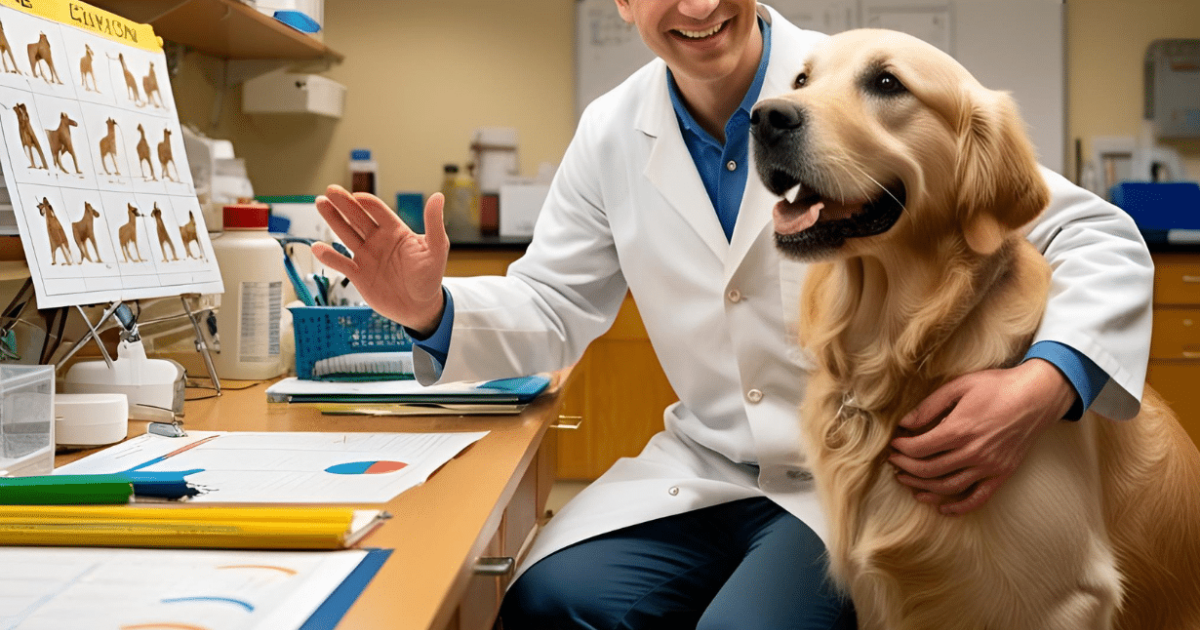





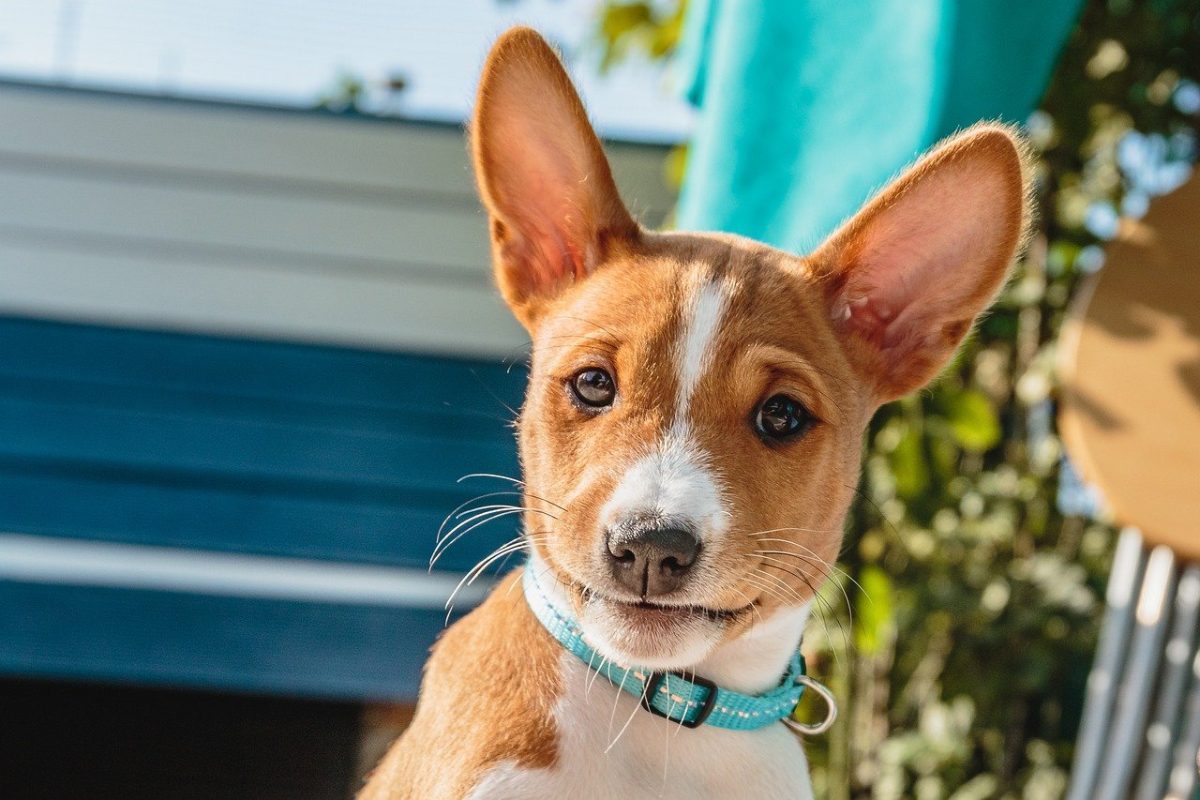

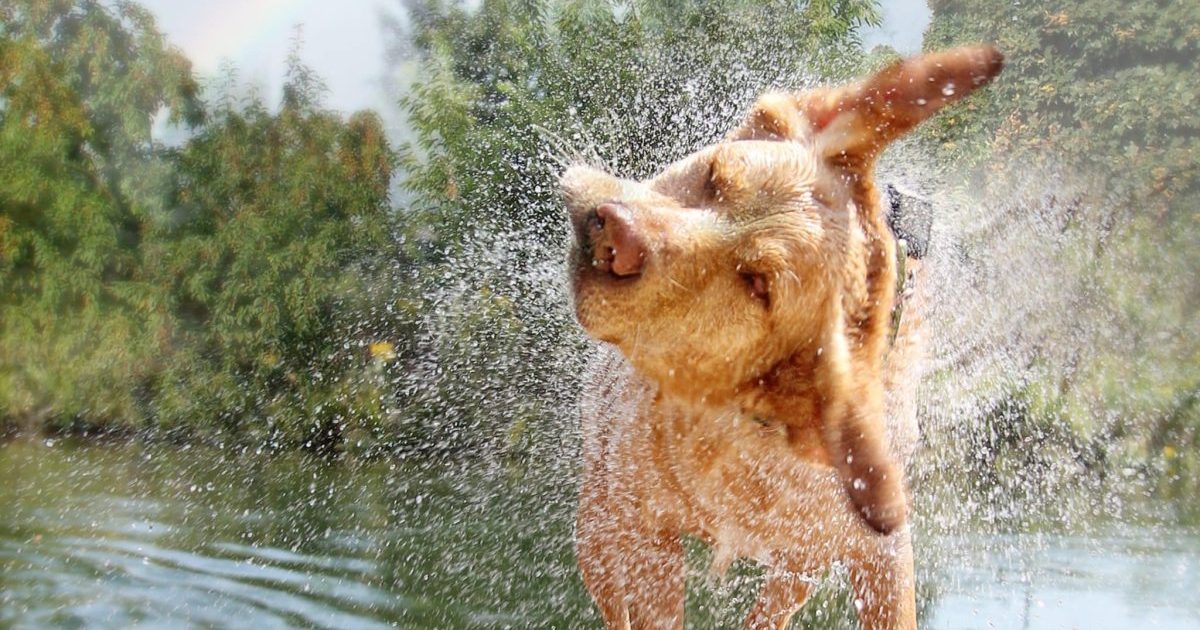

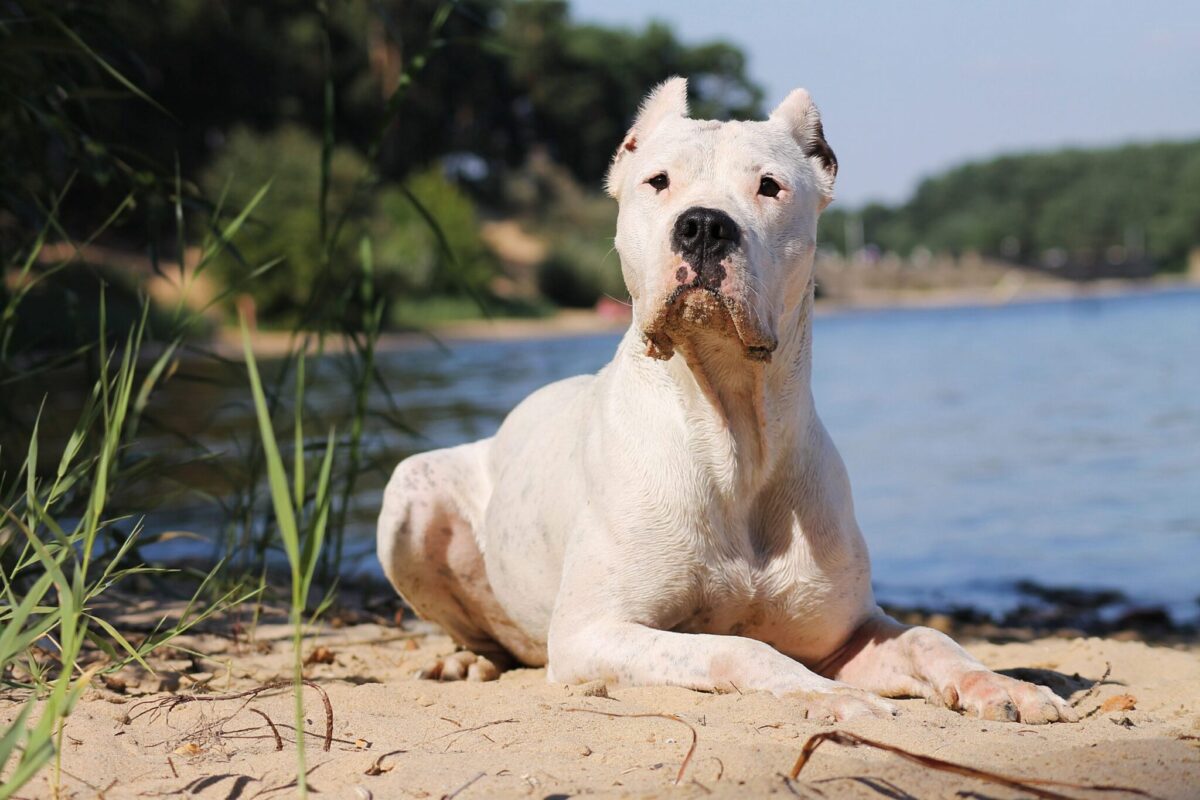
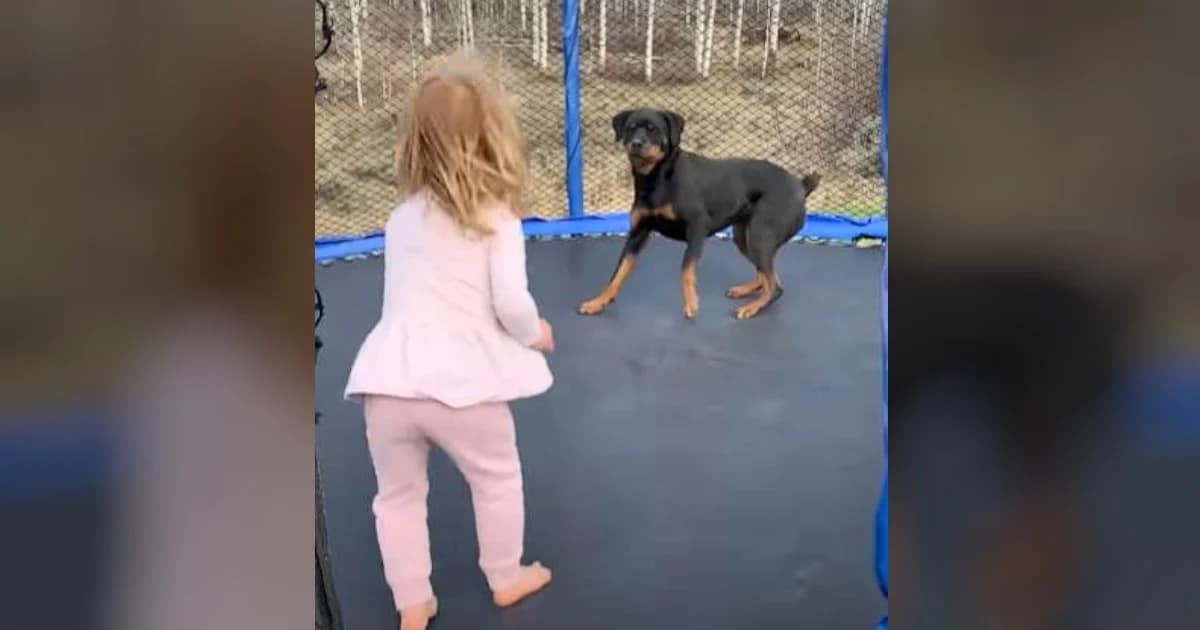
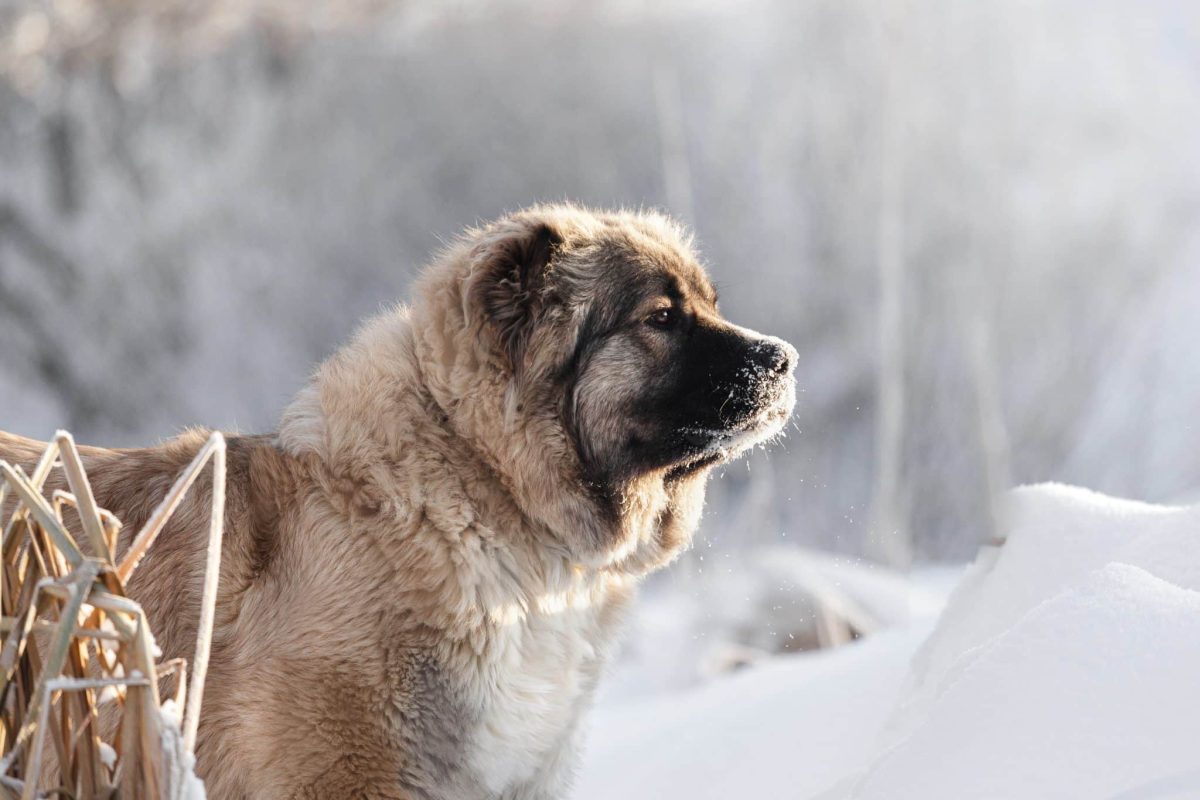
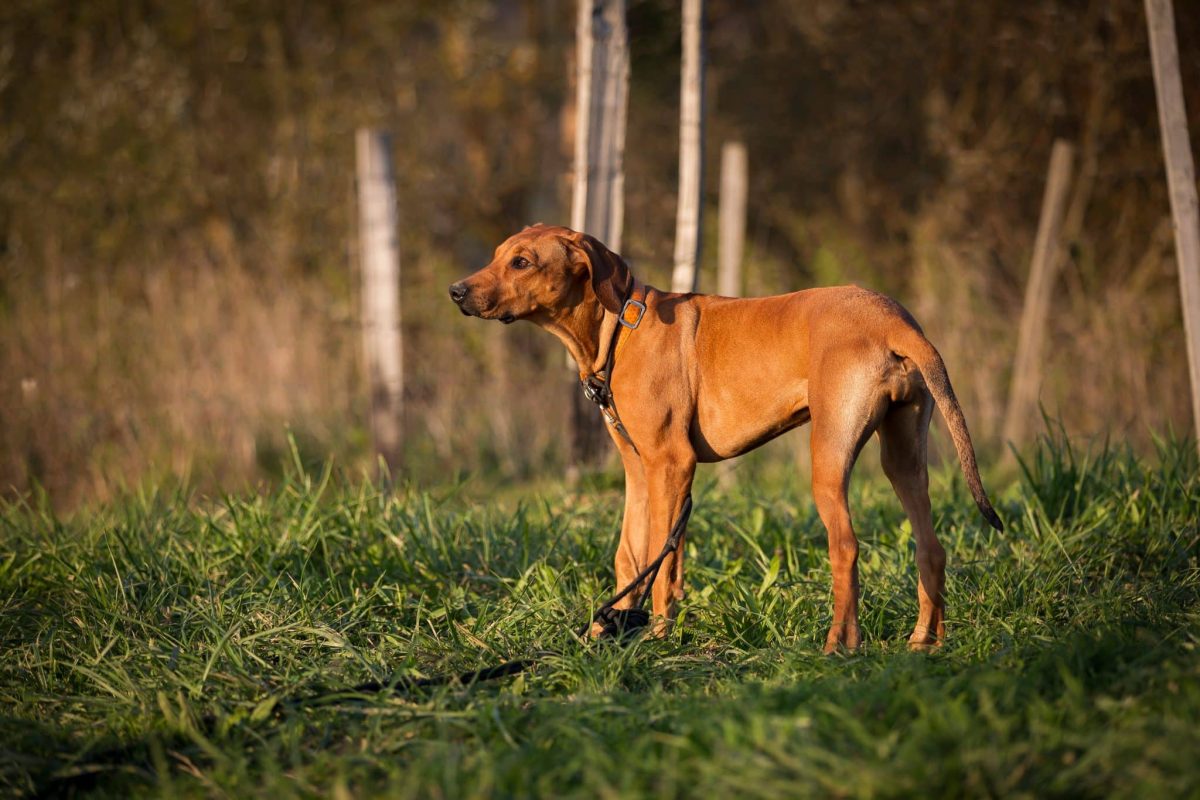
 English (US) ·
English (US) ·